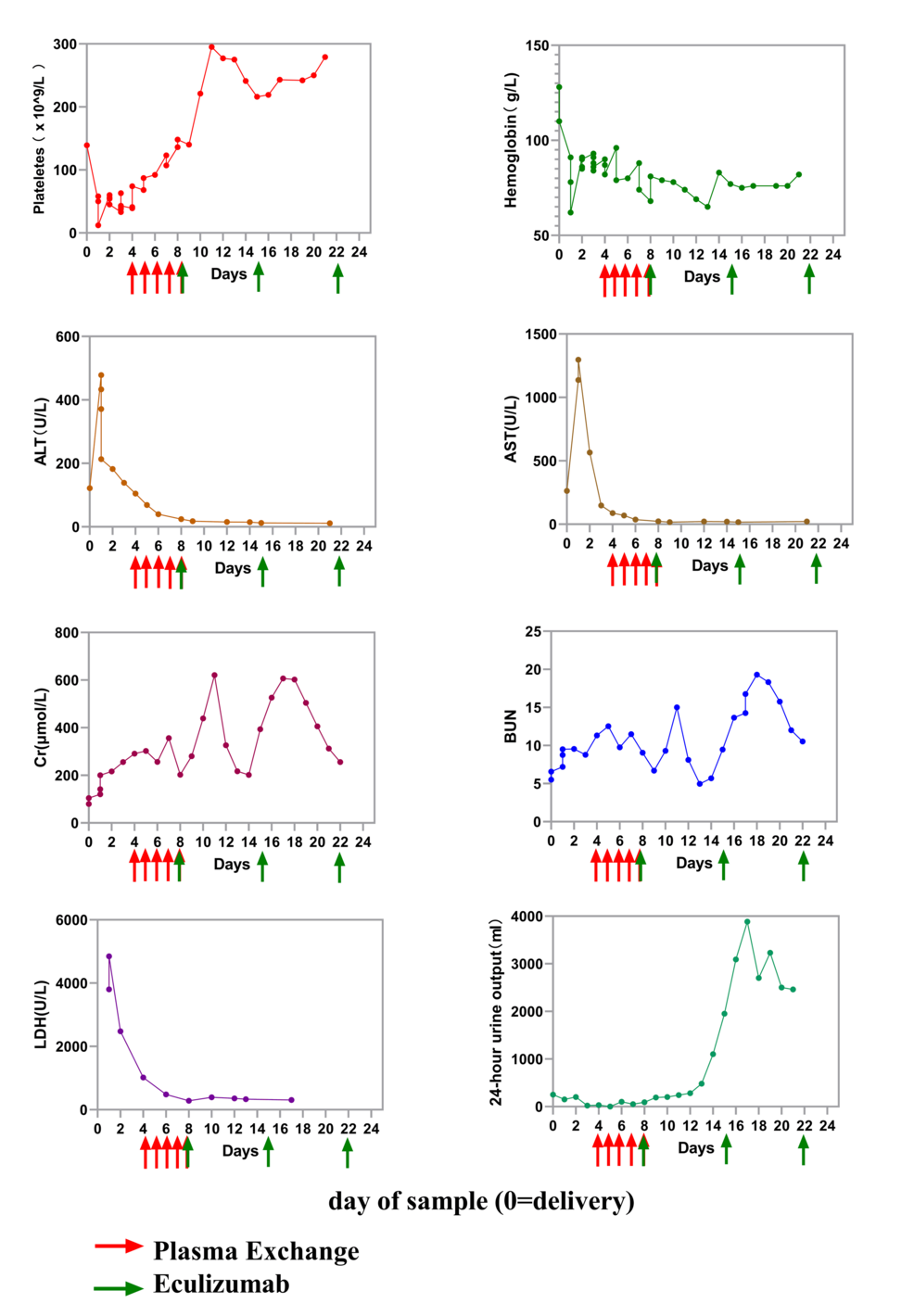Legionnaire’s Disease: Is Your Air Conditioner Making You Sick?

Imagine turning on your air conditioner for a cool breeze on a blistering summer day, only to find out it's a gateway for a deadly disease. This summer, as temperatures soar, air conditioners are not just cooling us down—they're helping Legionnaire's disease spread in New York City, sickening over 100 people and claiming five lives in a frightening outbreak.
Legionnaire’s disease, a bacterial pneumonia that often recurs in the sweltering months, is making headlines once again. Many of us may not have heard of this serious illness if we're outside the Big Apple or the Northeast, but it's a public health threat that is expanding its reach, thanks to climate change.
As the planet warms, cities like New York, which struggle with aging infrastructure, are becoming hotbeds for these bacteria. The current outbreak is a stark reminder of how vulnerable our health systems can be, especially as we witness the bacteria thrive in cooling systems across the city’s densely populated neighborhoods.
While it may seem like a distant concern, Legionnaire's disease is not just locked within New York’s borders. States like Michigan, Ohio, Pennsylvania, Illinois, and Wisconsin have reported increased cases, linking this surge to their warmer summers and older buildings. In Dearborn, Michigan, Legionella bacteria was recently found in a nursing home, highlighting just how widespread the threat can be.
You might wonder how this bacteria gets into our lungs. The answer is simple yet alarming: tiny droplets containing Legionella can be inhaled, leading to symptoms like fever, headache, and shortness of breath within days. In severe cases, it can escalate to a deadly lung infection, with a shocking 10% mortality rate.
For those in good health, symptoms might be minimal. However, the elderly, young children, pregnant women, and individuals with weakened immune systems are at heightened risk. Each year, approximately 5,000 Americans fall victim to this disease, with many of the fatalities occurring in low-income communities where outdated cooling systems amplify the risk.
Legionnaire’s disease serves as a microcosm of how climate change disproportionately affects vulnerable populations. As warm temperatures fuel the spread of infectious diseases, those who are socially and economically disadvantaged face the brunt of the consequences.
Understanding the Roots of Legionnaire’s Disease
This disease first emerged dramatically in 1976 during an American Legion conference in Philadelphia, leading to a shocking pneumonia outbreak. Health officials quickly identified it as caused by a previously unknown bacterium, Legionella. This bacteria is surprisingly ubiquitous, lurking in our water systems, streams, and lakes.
In typical conditions, the bacteria are present at low levels, posing little risk. But in places like New York City, where large cooling tanks serve massive apartment complexes, the story changes. These tanks are perfect breeding grounds for Legionella, filled as they are with stagnant, warm water that fosters bacterial growth. When the cooling system operates, it can aerosolize these bacteria, releasing them into the air and potentially into our lungs.
According to the Environmental Protection Agency, about 80% of Legionnaire’s cases are linked to potable water systems, which underscores the urgent need for health officials to address this growing problem before it spirals out of control.


























